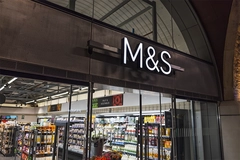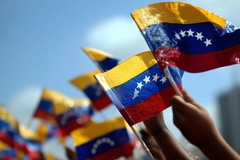
- Industry news
Industry news
- Category news
Category news
- Reports
- Key trends
- Multimedia
- Journal
- Events
- Suppliers
- Home
- Industry news
Industry news
- Category news
Category news
- Reports
- Key trends
- Multimedia
- Events
- Suppliers
Serlogin S.A Announces the Opening of its Own Liquor Bottling Plant

Serlogin's liquors are produced in Panama under license of European manufacturers and are dispatched from a strategic distribution center in the Colon Free Trade Zone.

10/07/07 With the recent signing of the Free Trade Agreement between the U.S. and Panama, liquor manufacturer SERLOGIN S.A. ( http://www.serloginzl.com) will be able to compete with U.S. producers and offer its low-cost private label brands to the U.S., Latin America and the Caribbean.
Serlogin's liquors are produced in Panama under license of European manufacturers and are dispatched from a strategic distribution center in the Colon Free Trade Zone. It has a daily production capacity of 2 full truckloads and a warehousing capacity of 50 full truckloads, said company spokesman Carlos Lara Espino.
"We are offering consumers low-cost liquors of excellent quality made in Panama, therefore we are avoiding duties to enter the U.S. market," said Lara during a press conference in Colon to present the company's brands to the media.
This year Serlogin S.A will be competing in the field of low-cost liquors in the U.S., Central America and Colombia. With the commercial slogan "Similar product for a fraction of the price," Serlogin will try to reach the low- income consumers in the U.S., Latin America and the Caribbean. Our prices vary between $1.50 and $2.00 for a 700 ml bottle when competitors offer the same product for $20.00, said Lara.
The company's strategy is to produce in large quantities, distribute at low cost and offer consumers an excellent product. While the company does not spend money on advertising, it is able to lower its selling price, as opposed to the big brands, which spend millions of dollars to advertise their products and pass on the advertising costs to the consumers.
"We are still looking for more distributors to cover all of the U.S. and Latin America," said Lara. "Our expansion plan is to appoint many more distributors in the U.S., Canada, Latin America, and Caribbean in order to reach a production capacity of 1 million cases in 2007 and 5 million by 2010.










